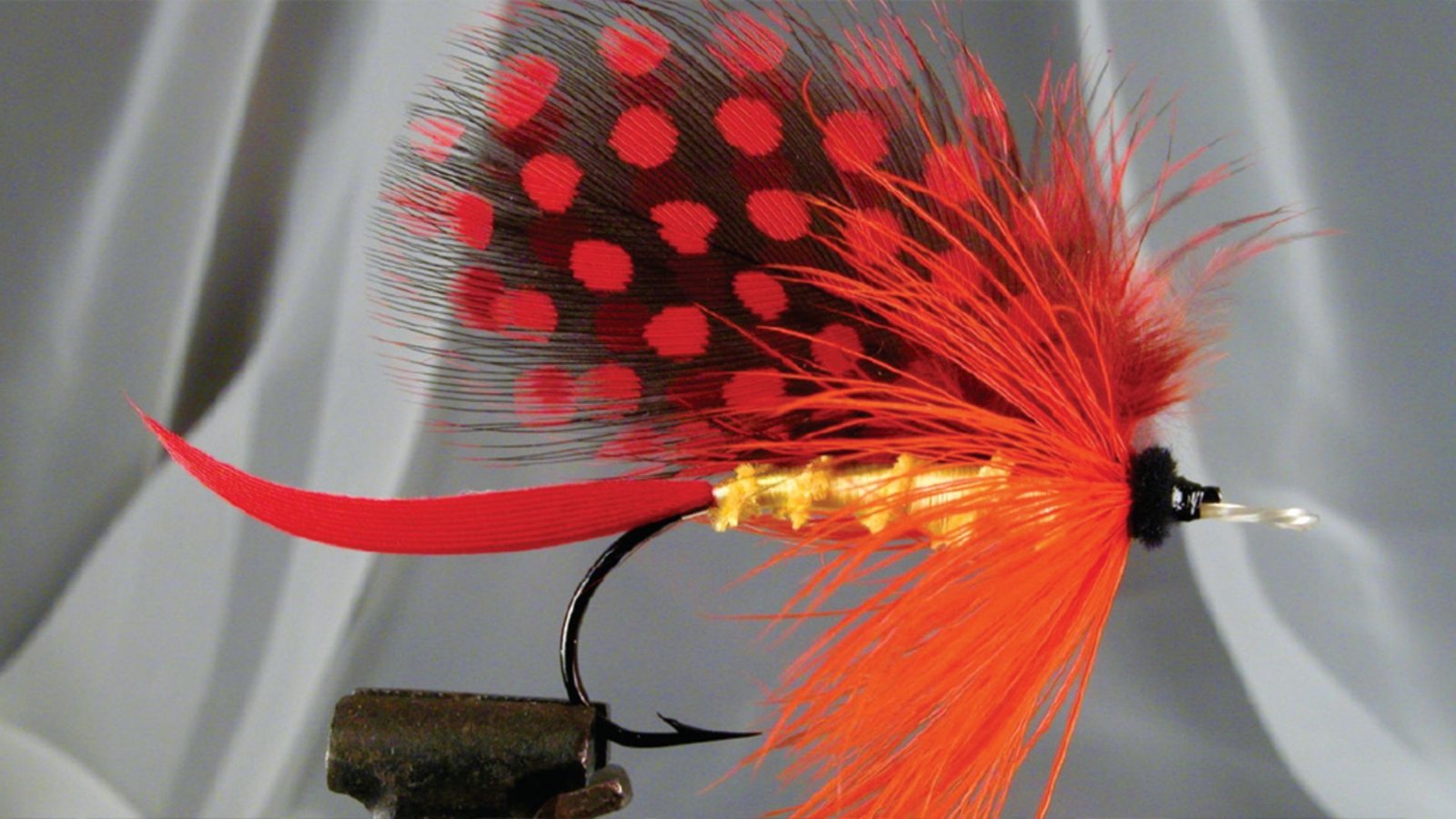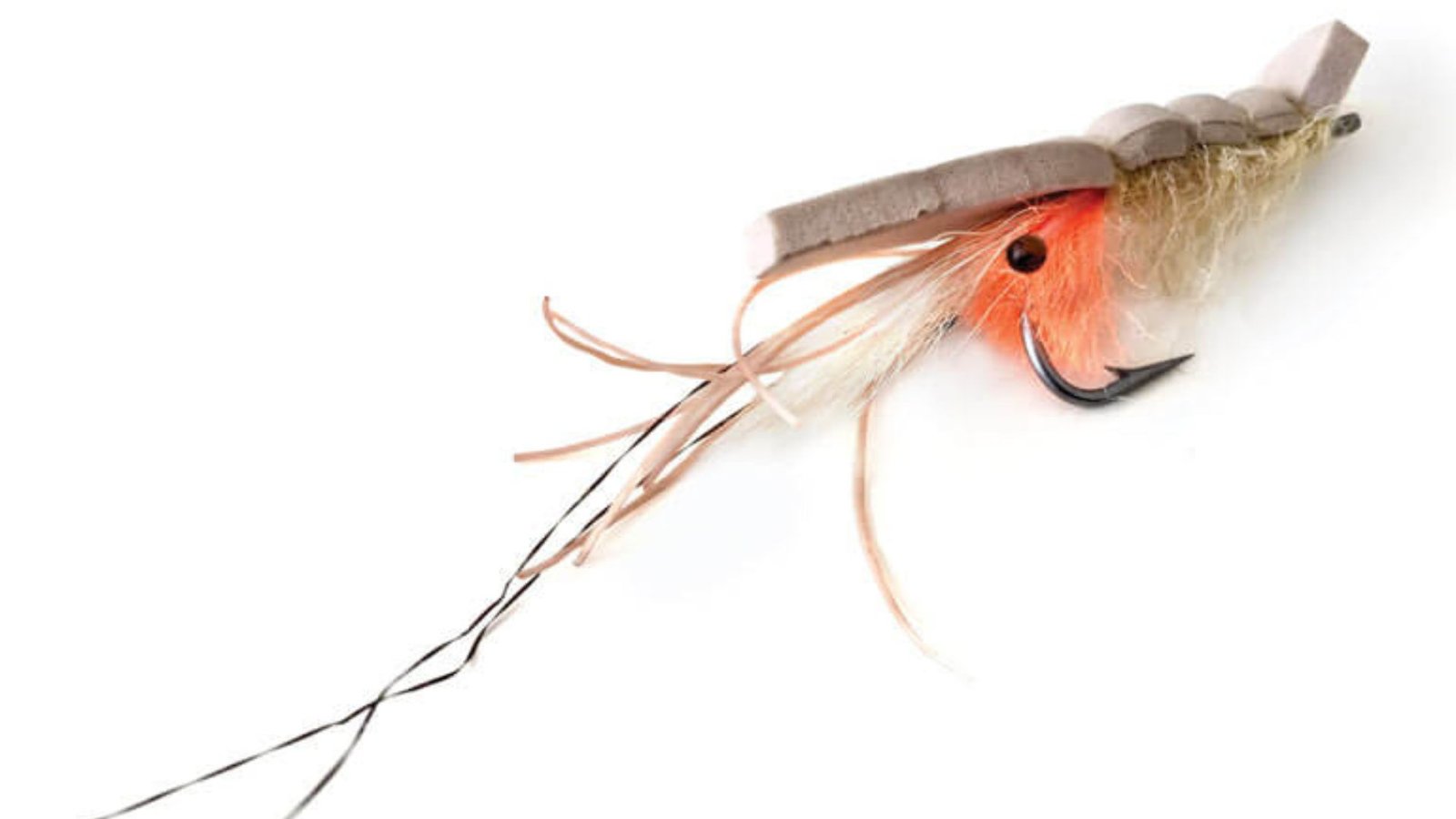Tying effective salmon fly patterns requires understanding the fish’s behavior, choosing the right materials, and mastering essential tying techniques. Here are some proven strategies to help you tie flies that consistently entice salmon.

Ways to Tie Effective Salmon Fly Patterns
Understanding Salmon Behavior
- Research: Study the feeding habits and preferences of salmon in your target fishing area. Understanding what they feed on helps in selecting the appropriate fly patterns.
- Matching the Hatch: Mimic natural insects or baitfish that salmon commonly feed on during specific seasons. This involves creating flies that closely resemble these natural prey items.
Selecting Materials
- Feathers and Fur: Use high-quality feathers and fur for tying salmon flies. Materials like marabou, hackle feathers, and rabbit fur provide lifelike movement and appearance underwater.
- Flash and Tinsel: Incorporate flash materials and tinsel to add sparkle and attract attention. Flashabou and tinsel ribbing can mimic scales or baitfish reflections.
Techniques for Tying
- Layering: Build flies in layers, starting with a solid thread base and adding materials in sequence. This ensures durability and helps create a well-proportioned fly.
- Proportions: Maintain correct proportions between body, wing, and tail components. Properly proportioned flies look more natural and perform better in the water.
Effective Salmon Fly Patterns
- Wet Flies: Tie wet flies such as Woolly Buggers, Black Ghosts, and Muddler Minnows. These patterns imitate swimming baitfish or insect larvae, enticing salmon to strike.
- Dry Flies: Craft dry flies like Elk Hair Caddis, Adams, and Royal Wulffs for surface feeding salmon. These patterns float on the water’s surface, mimicking adult insects and triggering strikes.
Experimentation and Adaptation
- Customization: Modify existing fly patterns or create your own variations based on local knowledge and fishing conditions. Customized flies can sometimes outperform standard patterns.
- Trial and Error: Experiment with different colors, sizes, and materials to determine which combinations work best in various fishing scenarios. Keep a fishing journal to track successful patterns.
Testing and Adjustments
- Field Testing: Test newly tied flies in local waters to assess their performance. Observe how fish react to different patterns and make adjustments as needed.
- Feedback Loop: Seek feedback from fellow anglers or guides to refine your tying techniques and pattern selection. Sharing knowledge can lead to discovering new effective patterns.
Conclusion
Tying effective salmon fly patterns is both an art and a science. By understanding salmon behavior, selecting appropriate materials, mastering tying techniques, and experimenting with various patterns, you can create flies that consistently attract and hook salmon. Remember, successful fly tying often involves patience, attention to detail, and a willingness to adapt your approach based on fishing conditions. With practice and persistence, you can develop a repertoire of effective salmon fly patterns that enhance your fly fishing experience and increase your chances of landing that prized catch.




